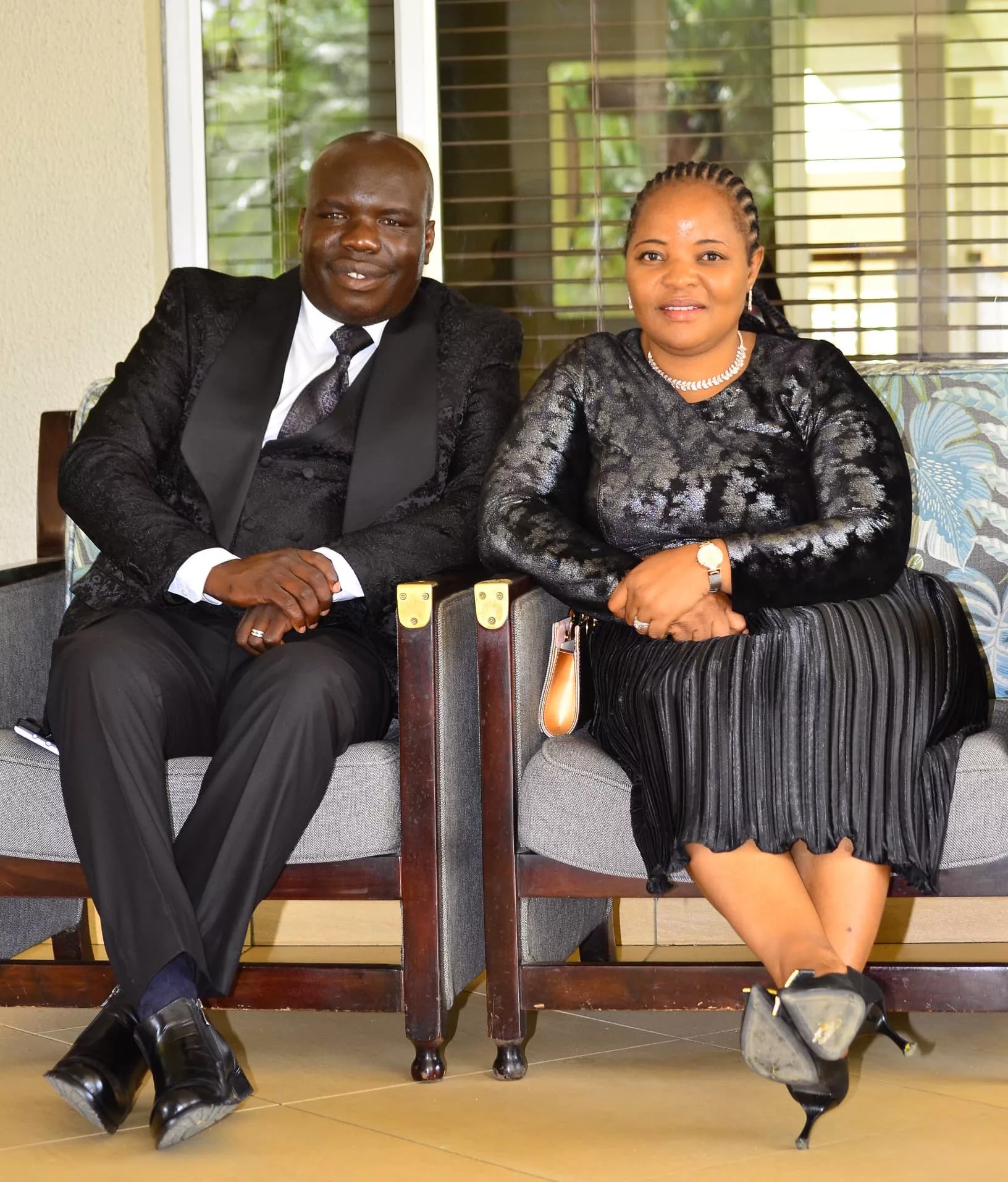By Dr. Jenfan Muswere (Minister of ICT, Postal, and Courier Services)
We have learnt many lessons from Covid 19 about the digital divides, irrespective of whether the digital divide is between countries, persons of different economic background, genders, rural and urban populations, or institutions.
COVID-19 has made people and businesses rely more on technology. Governments, households, hospitals, businesses and schools, among other institutions, were getting by reasonably well, with little to moderate technology use, until January and February 2020. Then came Covid 19, and everything changed and so did our concept of the digital divides and their nature. We have drawn a number of lessons from our experience during COVID-19.
Firstly, we learnt that every member of society now needed a computer to lead a semblance of a comfortable and normal life. Secondly, that it had become imperative,to bridge the digital divide between the Haves and Have Nots. Reliable internet infrastructure and service, coupled with appropriate skills being a prerequisite.
For developing countries, including Zimbabwe, communal internet access points that previously assisted with bridging the main digital divide of access, became of limited use, due to social distancing rules and restricted movement and lockdowns, as well as the risk of users getting infected by COVID-19, due to shared use of gadgets.
Then the lessons multiplied, but I can only cover a few here, due to limited time and these are:
- That the unprecedented closure of schools revealed a serious digital divide between not only students from more affluent and less affluent families, but between better electronically resourced learning institutions who quickly switched to online instruction and those less electronically resourced, who struggled to do so. Discrepancies in the level of access to ICTs between students created a digital divide between students from the same schools.
In terms of health, many people who developed other illnesses or who had existing illnesses became afraid of visiting doctors or seeking treatment from hospitals, for fear of catching COVID. Those with access to connectivity resorted to online consultations with their doctors, while those without, could not, giving rise to digital exclusion in health, another digital divide.
COVID-19 made online shopping of groceries and other basic necessities even more necessary. Those with access to ICTs moved on to online shopping for necessities and those without access, could not and that became a digital divide of significance.
On the social scene, religious services and other social amenities which had always accommodated people from different economic backgrounds, now in the wake of lockdowns and movement restrictions, only accommodate those with access to the internet through virtual means, thereby creating a spiritual digital divide. One that could have far-reaching consequences on some people’s mental health
The digital divide, between big businesses that are more technologically empowered and small business enterprises, with limited access to technologies, became very pronounced in terms of production, marketing and service delivery, let alone access to ICT enabled customers.
The biggest lesson learnt was that COVID-19 and any subsequent pandemic was derailing the race towards meeting the Sustainable Development Goals on eradicating poverty and hunger, Good health and well-being, quality education, reducing inequality and, decent work and economic growth, as everything has become virtual and the world including Zimbabwe, had been caught by surprise and there is need to be better prepared next time.
To be better prepared for the future, Zimbabwe is extending its Broadband infrastructure across the whole country, has unveiled an e-learning strategy and is strengthening its e-health delivery systems. To this end, 13 more Telecommunication tower sites are to be constructed, Expand and optimise the mobile network by setting up 1187 sites for the deployment of 2G,3G,4G and 5G services, 1500 schools are set to be equipped with e-learning equipment and connectivity; 1700 health centres and 20 local authorities are set to be connected. 16 smart agriculture projects are expected to be funded, All, in 2021
It is our recommendation, therefore, that every administration needs to understand:
- That we have not seen the last of the pandemics. Their contagious nature makes isolation of people an integral way of containing them.
- That given the need for such isolation, every country needs to develop robust telecommunication infrastructure, that serves every part of the country, so that no citizen will ever be left unconnected in times of pandemics.
- That there is a need for greater cooperation among neighbouring countries and the ITU community at large, in order to achieve economies of scale in developing ICTs
- That the focus should be on connecting every citizen, rather than a few privileged communities.
- It takes innovative Policymaking and a robust broadband plan, such as the one developed by Zimbabwe, to connect all its people.
Zimbabwe will leave no stone unturned, as it seeks to digitally transform itself and so should other administrations. The time for individualism or connecting selected well to do communities is over. As one of our saying in Zimbabwe goes, “ Iwe neni tine basa” (“You and I have a job to do”). Let us roll up our sleeves and connect the unconnected.
DISCLAIMER: This publication was produced with the financial support of the European Union (EU) and the contents are solely the responsibility of Spiked Online Media and don’t necessarily reflect the views of the EU.






